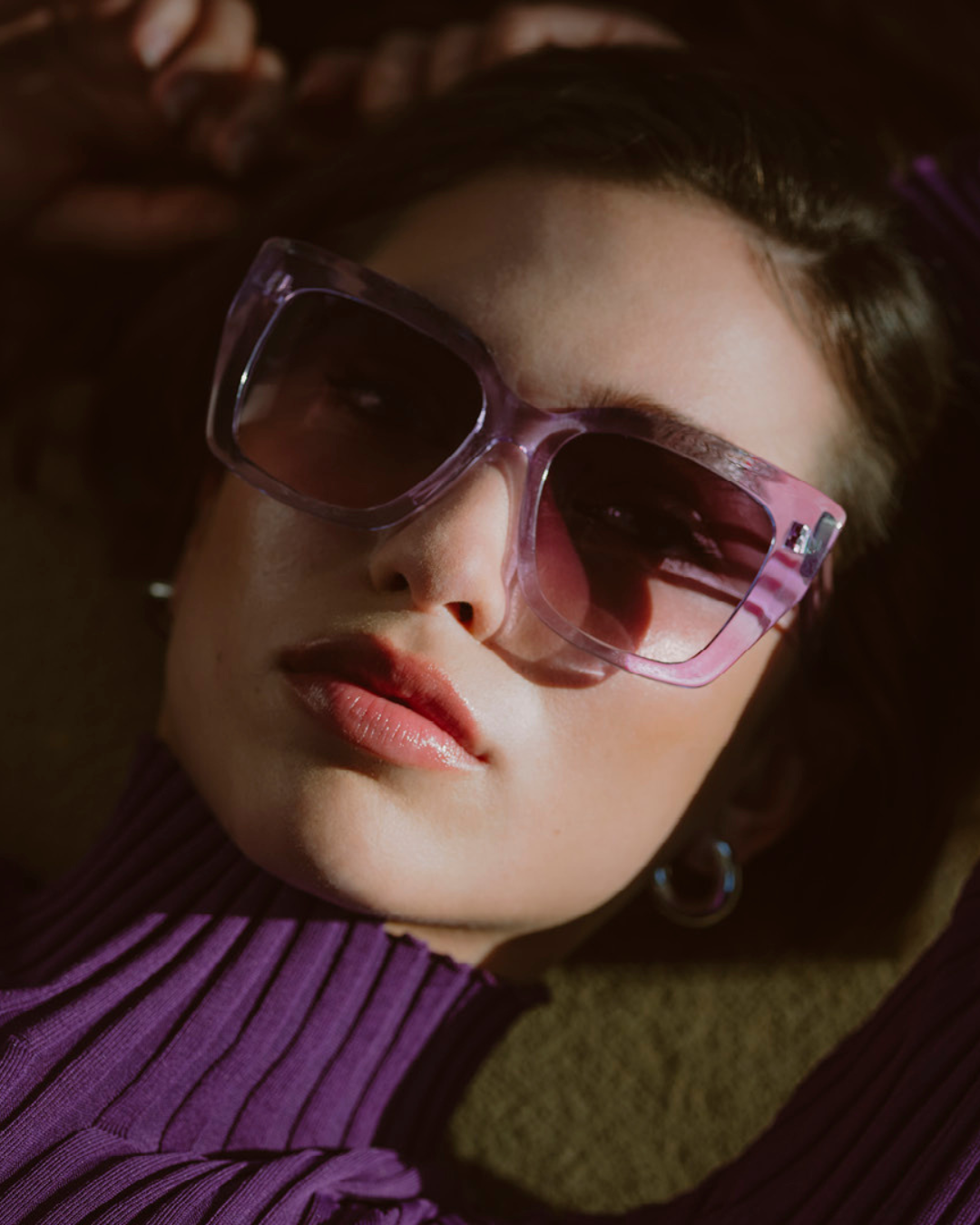
Photo: Monica Sjöö, Meeting the Ancestors at Avebury, 1993 Photo: Piersilvio Bisogno/Moderna Museet © The Estate of Monica Sjöö
Tell me a story
Back to storiesAbout
The Great Cosmic Mother
Of all the stories offered up by legend, that of the Great Mother spans the five continents. In Stockholm, the first retrospective on Monica Sjöö, a Swedish artist, eco-feminist and activist, offers insights into hot topics from yesterday as well as today: from the struggle for equal rights to the history of feminism and ecology, via legend and spirituality.
A collaboration between the Moderna Museet in Stockholm and Modern Art Oxford
The stories we love are usually those that we somehow consider close to our world. On the contrary, the discoveries catapult us into scenarios far removed from our own reality. And yet they captivate us. A bit like the art of Monica Sjöö, whose story offers insights into hot topics such as, above all, gender equality. This is a topic very close to Marcolin’s heart, as since its foundation, the company has been committed to supporting gender policies in the broadest sense and actions aimed at promoting a work-life balance. From the very beginning, we chose to prevent female workers first and foremost, who by choice or necessity decided to take care of their families, from leaving their jobs. Over time and as new challenges have arisen, we have set up pathways to support parenting alongside the inclusion and empowerment of women, which Sabrina Paulon, Group HR Director of Marcolin, has already talked about. The idea to tell you about The Great Cosmic Mother came about from an interregnum combining the similarities and quality of the discovery of this Swedish artist. A unique journey that brings together three inseparable and interconnected elements of Monica Sjöö’s world: art, politics and spirituality.
The first retrospective on Monica Sjöö is a collaboration between the Moderna Museet and Modern Art Oxford. It was curated by Jo Widoff and Amy Budd

When God was a woman: the legend of the Great Mother as a spiritual legacy
If the principle of all thought is measured in words, Monica’s is connected to Gaia, the spirit of the Earth, understood as the creative principle of the world, reflected in a woman’s body. It is precisely this painted idea that unites the cycles of nature with motherhood, which, descending into ritual practices close to paganism, make Monica Sjöö’s art disruptive. What she puts on stage is not a fairytale, and the canvas God Giving Birth (1968) offers up an unequivocal translation of feminist iconography: God is a woman intent on giving birth. Inspired by the experience of the birth of her second son, the work, accused of blasphemy and obscenity, goes on to be censored and removed wherever it is exhibited. Today, it is part of a collection of 50 works, including the mystical suggestions of large canvases and wall paintings, as well as the protest posters that accompanied the artist on her environmental and peace marches as early as the late 1960s.
From Sweden to the United Kingdom
Like many artists, Monica Sjöö experienced a personal parable that led her beyond the confines of home. Born in Härnösand, in the Swedish county of Västernorrland in 1938, she found her way to emancipation in Bristol, where she moved after meeting her British future husband, Stevan Trickey, in Paris. The traumatic experience of giving birth to their first child in a Swedish hospital was a subject of personal exploration until the catharsis of the birth of her other two children in the more reassuring confines of her home. In Bristol, in 1964, Monica exhibited her first abstract canvases, thus initiating her commitment to feminist and pacifist movements. It was a rite of passage that brought her into contact with the civilised and radical circles of her time: from the protests against the war in Vietnam through the liberation marches of the women’s movements, which saw the freedom of the individual, regardless of sex, gender or class, as an inalienable right. The exhibition documented the artist’s all-round commitment, delivering to the public the portrait of a woman whose art is poetic, controversial and never banal, radical and poignant – like the canvas to which she entrusts her grief over the death of her youngest son, Lament for my Young Son, the first of a long series – and forces reflection. The Moderna Museet in Stockholm, in collaboration with Modern Art Oxford, has established a common thread between Monica Sjöö’s ecologist and feminist action and the contemporary Fridays for Future movement, created by another, much better-known Swede, Greta Thunberg. Due to its topics and original narrative, the exhibition could not leave a company like Marcolin indifferent. You have until 15 October to see it in Stockholm.



